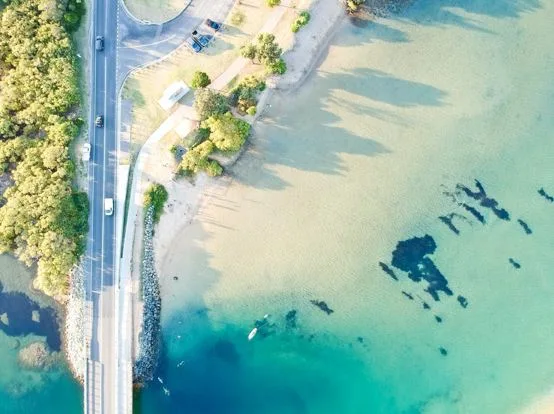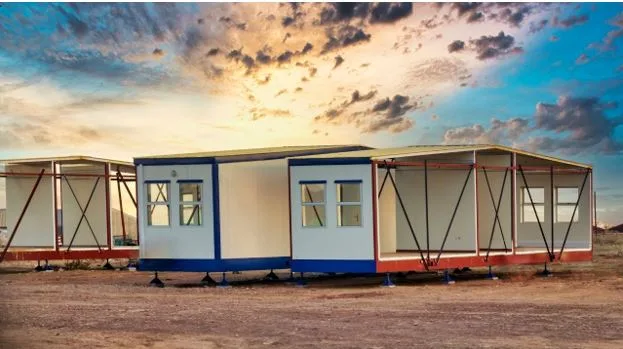How to Plan the Ultimate Road Trip Across Australia
Australia is a land of breathtaking diversity — from the red sands of the Outback to the tropical rainforests of Queensland, pristine coastal drives, and bustling urban hubs like Sydney and Melbourne. Few travel experiences match the freedom and thrill of a road trip across this vast continent. Whether you’re a solo adventurer, a couple, or a family ready to explore, planning your journey right can make the difference between a dream trip and a logistical headache.
Websites like Aussie Bucket List make it easy to map out must-see stops and unique experiences along your route, without booking fees — helping you plan smarter, not harder.
Here’s your complete guide to planning the ultimate road trip across Australia — packed with practical tips, route suggestions, and must-know insights to make your journey unforgettable.
- Choose Your Route Wisely
Australia is huge — crossing from one coast to another takes days. So before anything else, decide what kind of experience you want.
Popular Road Trip Routes:
- The Big Lap – This is the iconic full-circuit route along Highway 1 that circumnavigates the continent, covering nearly 15,000 km. It takes 3–6 months (or more!) if you want to really soak it in.
- East Coast Adventure (Sydney to Cairns) – Around 2,500 km, this route is great for beach lovers and includes hotspots like Byron Bay, the Gold Coast, Fraser Island, and the Whitsundays.
- The Great Ocean Road (Melbourne to Adelaide) – A shorter but stunning 243 km stretch, known for dramatic cliffs, the Twelve Apostles, and charming coastal towns.
- Perth to Broome (West Coast Explorer) – Remote and rugged, this route is packed with natural beauty like the Pinnacles, Coral Bay, and Karijini National Park.
- Darwin to Alice Springs (Red Centre Way) – Explore the heart of Australia, including Kakadu National Park, Uluru, and Kings Canyon.
Choose a route that suits your time frame, interests, and vehicle capabilities.
- Plan Your Timing
Australia’s seasons vary dramatically depending on where you go.
- North (Darwin, Cairns): Tropical climate – best visited during the dry season (May to October).
- South (Melbourne, Adelaide): Temperate climate – summer (December to February) is warmest, but spring and autumn are ideal for avoiding crowds.
- Outback: Can be brutally hot in summer – aim for the cooler months (April to September).
Avoid cyclone season in the north (typically November to April) and be cautious of bushfires in the south during summer.
- Choose the Right Vehicle
Your vehicle is your lifeline on a road trip. The right choice depends on your route and budget:
- Campervan or Motorhome – Offers the freedom to sleep anywhere (within legal limits), cook your own meals, and save on accommodation.
- 4WD – Ideal for off-the-beaten-path travel like Fraser Island, the Gibb River Road, or parts of the Outback.
- Regular Car + Tent or Accommodation – Great for budget travel, especially if sticking to well-developed coastal roads.
Consider renting vs. buying:
- Renting is hassle-free and ideal for short-term travel.
- Buying is economical for long-term trips (3+ months), especially if you resell the vehicle at the end.
- Budgeting Your Trip
Costs can vary widely depending on your travel style. Here are some typical expenses to factor in:
- Fuel: Australia’s distances are long — expect to spend a lot on petrol. Use apps like FuelMap Australia to find the cheapest stations.
- Food: Groceries and cooking your own meals are cheaper than eating out regularly.
- Accommodation: Free or low-cost camping is available, but holiday parks and hotels add up quickly.
- Attractions: National park entry fees, tours (e.g., diving the Great Barrier Reef), and experiences (like Uluru sunrise tours) can be pricey but worth budgeting for.
Tip: Set aside an emergency fund for repairs, medical issues, or sudden route changes.
- Pack Smart (and Light)
Packing efficiently is crucial — especially in a camper or 4WD where space is limited. Here’s a basic list of essentials:
- Navigation tools: GPS, offline maps, and apps like WikiCamps and Maps.me
- First aid kit
- Sun protection: Sunscreen, hats, sunglasses
- Insect repellent
- Camping gear: Tent, sleeping bag, portable stove, reusable cutlery
- Tech gear: Portable charger, power bank, camera, adaptors
- Emergency tools: Spare tire, jumper cables, torch, water containers
- Clothing: Layered clothing for changing climates
Remember, you’ll find supermarkets and stores across the country — don’t stress if you forget something.
- Safety First
Australia’s landscape can be harsh, and cell coverage is limited in remote areas. Stay safe with these precautions:
- Let someone know your itinerary – Especially if heading into remote areas.
- Download offline maps and survival apps
- Avoid driving at dawn/dusk – Kangaroos and wildlife are more active then.
- Carry extra water and fuel – Particularly in the Outback, where towns can be hundreds of kilometers apart.
- Check weather and fire warnings – Use official sources like the Bureau of Meteorology (BOM).
- Embrace the Unexpected
Part of the magic of a road trip is the unexpected detours — the quiet beach you stumble upon, the small town market, or the roadside kangaroo encounter. Leave room in your itinerary for spontaneity.
Talk to locals. Visit visitor centers. Try that weird-looking meat pie. The best stories usually come from the unplanned moments.
- Respect the Land
Australia’s natural beauty is sacred to both the environment and its Indigenous peoples. As a visitor:
- Follow Leave No Trace principles
- Stay on marked tracks
- Observe local cultural protocols, especially in Indigenous communities
- Don’t feed wildlife
- Dispose of waste responsibly
Also, support local communities by shopping locally and being mindful of cultural and environmental sensitivities.
- Must-Have Road Trip Apps
- WikiCamps – Find campsites, caravan parks, and points of interest
- FuelMap Australia – For fuel prices and stations
- CamperMate – Another great camping and travel info app
- BOM Weather – Official Australian weather updates
- Google Maps/Maps.me – Navigation with offline capability
- Top Highlights to Consider
Here are just a few unforgettable experiences to inspire your route:
- Snorkel the Great Barrier Reef
- Watch sunrise over Uluru
- Drive the winding cliffs of the Great Ocean Road
- Swim in the natural pools of Karijini National Park
- Visit the Daintree Rainforest, the world’s oldest living rainforest
- Explore Freycinet National Park in Tasmania
- Surf or relax at Byron Bay
- Take a camel ride in Broome at sunset
Final Thoughts
A road trip across Australia is more than just a vacation — it’s an adventure that reconnects you with nature, culture, and the wide-open road. It’s about the long conversations under starlit skies, the scent of eucalyptus after rain, and the endless red earth that stays with you long after the journey ends.
Plan well, stay flexible, and above all — enjoy the ride.






